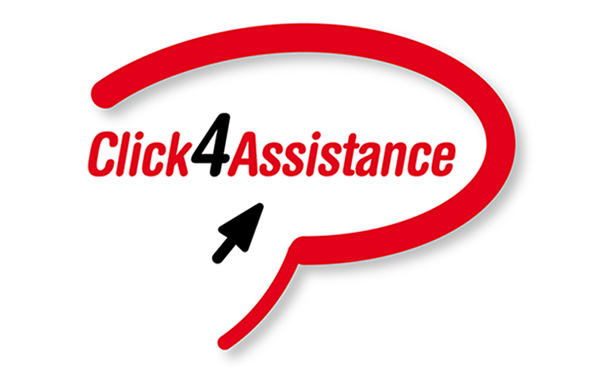3 Ways to Provide Proactive Customer Service

The idea of reactive customer service is to respond to issues and questions as they arise. However, to offer a truly great customer service, you have to think proactively.
Actively addressing situations can prevent them turning into issues and reduce the email and call volume on your contact centres. More importantly, a proactive strategy helps build great customer relationships which are so important for maintaining a repeat customer base. Here are 3 ways to start implementing your proactive strategy:
Create Content that Answers Questions
When customers are researching products or services on the web, questions will arise that need answering before they can commit to purchase. Identifying commonly asked questions and producing content that’s easily accessible, is a great way to tackle these purchase objections. Speaking to your customer service team and looking at the searches made on your website will provide a good insight into the information your potential customers are looking for. All of these answers should be grouped together under a frequently asked questions or similar page, and be easily accessible when visitors land on your website. For larger topics that require more in depth or technical explanations, you should consider producing blogs or white papers on the subject.
Request Customer Feedback
Don’t underestimate the value of customer feedback. Regular contact with clients helps build strong relationships and creates an open channel of communication. Undertaking surveys or questionnaires is a great way to gather an insight into what really works for each customer, and what should be actively addressed. Proactively engaging in this way means you can identify and resolve any potential issues that your customers may have, before they become a problem. If a customer has a good relationship with a member of your team, it means they’re more likely to contact you in the future.
Track Product/Service Usage
Tracking the key statistics of individual customers provides an insight into their involvement with your product or purchase history. The level of purchase also indicates how they should be proactively approached. For instance:
- Those customers with low level usage, or who haven’t purchased for an extended period should be called as a matter of urgency. It may be their statistics aren’t indicating an issue and they’re perfectly happy with the service you provide for them. However there could be reasons why that haven’t purchased that need to be actively addressed to prevent loss of future custom. Either way, you should use a CRM or similar system to make a note against their account for future reference.
- With customers that continue to purchase high volumes of your product, it’s the perfect opportunity to send them a small token of your appreciation. You could call them too; why not ask for a testimonial? Their feedback is just as important, and you should see each opportunity as a great chance to gather valuable data. What trends can you spot?
- The customers left in the middle should be targeted with worthwhile marketing material designed to point out new products with up sell opportunities. Consider segmenting this list in your email marketing to send out a targeted mail, nudging clients with new functionality selling the benefits.
If you have enjoyed this blog on proactive customer engagement, you can check out our other Blogs right here. Alternatively, follow us on Twitter and ‘like’ us on Facebook for all our latest updates on customer service best practices.
























